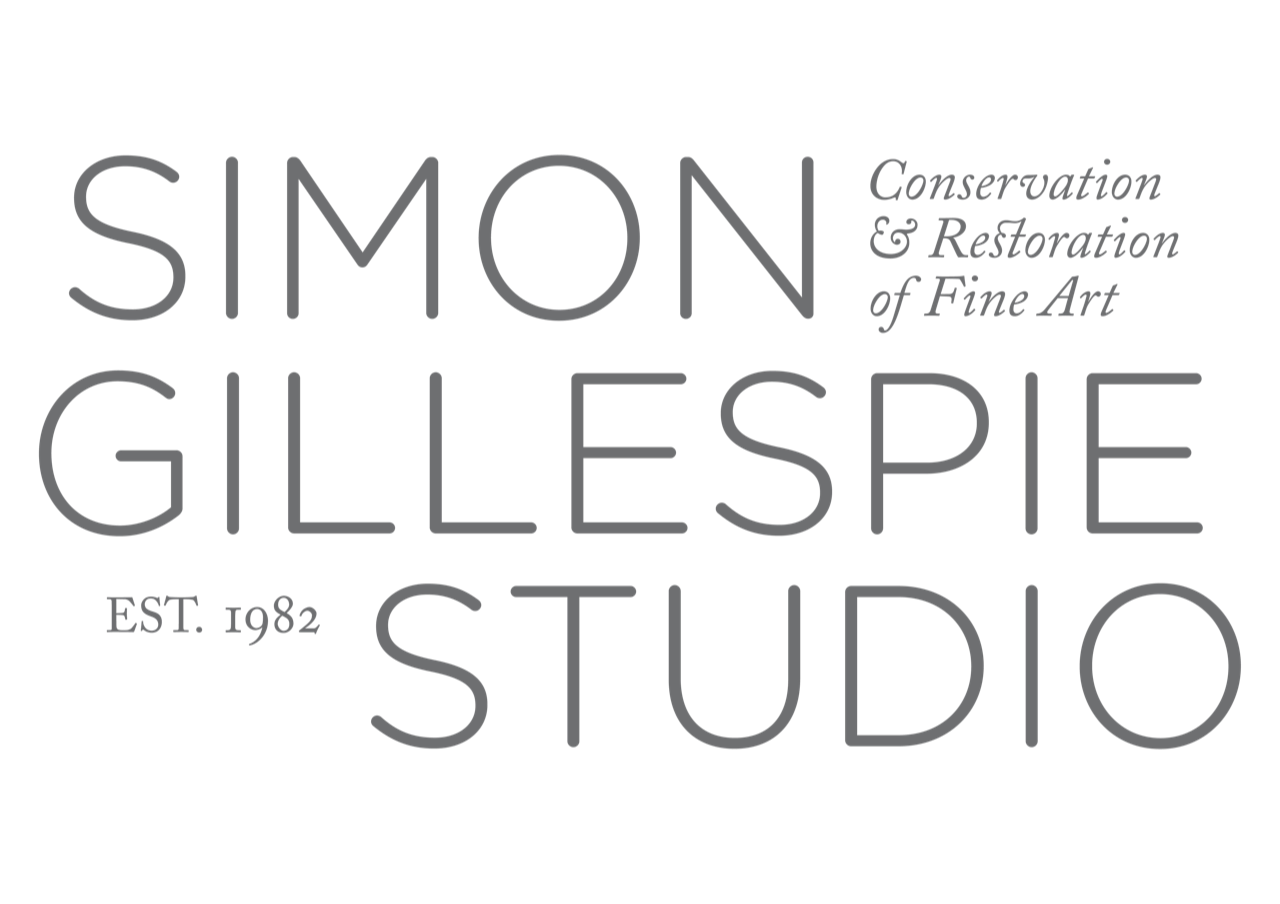‘Portrait of George Villiers, First Duke of Buckingham’, by Peter Paul Rubens
Before treatment
After treatment
It was known that Rubens had painted a portrait of Buckingham in about 1625, but the location of that work had been unknown for almost 400 years.
This work on panel, in the collection of Pollok House in Glasgow, was thought to be a copy of the lost original.
On arrival at the studio, the painting was assessed. The join between two of the planks forming the panel could be seen running vertically through the centre of the sitter’s face, made apparent by a slight step between the two pieces of wood and clear evidence of past restoration along the join. The painting had undergone more than one campaign of retouching, and there was a very thick and shiny varnish layer. The retouching extended over areas of original paint, especially along the join in the panel. The whole of the background was overpainted, under the microscope it was possible to see a varnish interlayer between the overpaint in the background and the original brushy grey/blue original background.
The first step of our treatment was to remove the overpaint, and work was then carried out to the area of the join between the two panels to undo the interference of past treatment to the area. The artwork revealed is a sketch, and it is believed that the overpaint had been applied because in the 18th and 19th centuries, unfinished work wasn’t as appreciated as it is today and so works would be ‘finished off’ in order to suit the tastes of the day. This is what had made the artwork look like a later copy. In the course of close analysis and treatment, areas of ‘pentimenti’, where the artist has changed his mind about the composition, were found, further supporting the argument that this could not be a copy but must be the original. Dendrochronology showed that the panel had been created in the early 1620s. Analysis showed that the method of preparation of the panel was consistent with the practice of Rubens’ workshop.
The evidence found during treatment enabled the work to be recognised as a masterpiece by Rubens.
Bendor said : ’Simon Gillespie has worked something of a miracle. It’s one of the best cleanings of a painting I’ve ever seen.’






